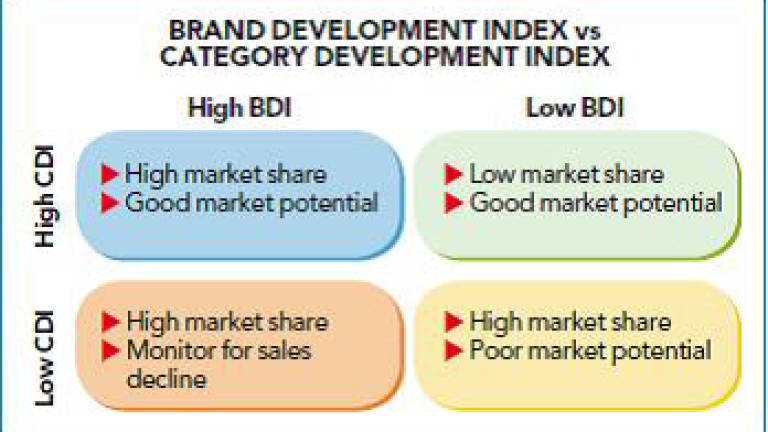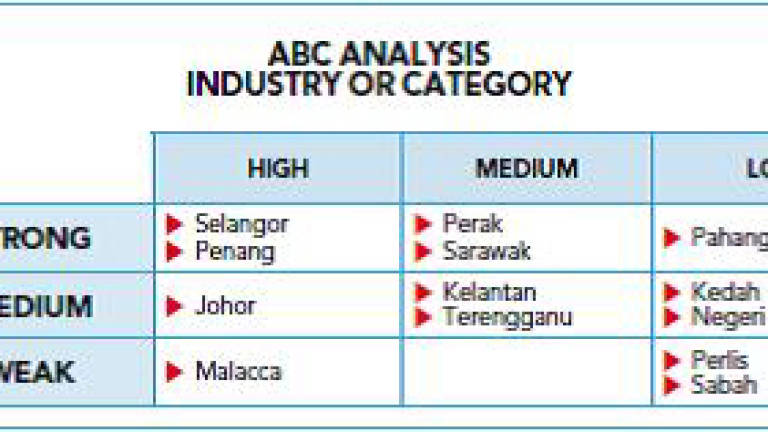Planning vs operational buying


DURING the past year I have been asked intriguing questions by younger industry colleagues in Malaysia and Singapore on a specific issue:
COULD I IDENTIFY…
1 ) Reasons why India has been producing a consistent supply-line of media planning and account/ strategic planning professionals over the past four decades?
2) Critical factors which empower expatriate Indians with the knowledge, ammunition and skills to excel in this sector even in foreign markets.
First, I must highlight that Malaysia has contributed a few brilliant media planning professionals to the regional industry. Particularly my senior Ogilvy colleagues Victor Kiu and Andre Nair. During her active planning days, Margaret Lim’s reputation had also reached ears across borders.
There are others. But one must acknowledge that it is not simply coincidental that Girish Menon, Prashant Kumar, Gurpreet Singh, Ranganathan, Ashutosh Srivastava, Gowthaman, Sutapa Bhattacharya, Anirban Ganguly, Dipika Nikhilender, Faraz Khan and a host of others, have established strong footprints in Malaysia/Southeast Asia.
▶ So, are there some common traits, facets, skills and attitudes which they unavoidably share?
▶ Even with Ranjana Singh (Jakarta), Manpreet Singh, Abhijeet Ray and myself, ex-JWT colleagues from an earlier generation, who came out to SE Asia/Far East in the early 90s.
8 CRITICAL FACTORS AND ATTITUDE
Reviewing the issue with the mind of an ad-industry historian, I can identify eight critical factors which definitely influenced and precipitated accelerated development of this planning mindset, skills and modus operandi.
1) They grew up tackling complexity and disparity across a huge geographic expanse.
a) In a large country with increasing sub-divisions [now, 29 provinces and seven union territories];
b) these provinces had different ethnicities, languages, cultural nuances and preferences.
2) Competition among marketers was heavy and intense. Indigenous companies and ambitious SMEs vied fearlessly with multinational corporations.
a) Gujarati entrepreneur, Karsanbhai Patel successfully outfoxed the might of Hindustan Lever’s Surf with a low-cost detergent (Nirma).
b) Agency personnel working on highly-competitive accounts acquired gritty trench-warfare traits and challenger mind-sets.
3) Agency personnel, especially media planners had to KNOW the brand and the entire competitive landscape including;
a) brand, key competition and category sales data in each province.
b) Account planning emerged much later in the 90s.
c) Savvy media planners had to work closely with group account directors, doubling up as strategic planners.
4) Planners had to demonstrate strong quantitative aptitudes and capabilities besides appreciation of concepts and qualitative facets if they wished to survive.
a)Making sense of a huge corpus of brand/market data;
b) In some categories/sectors, required data was not available ,
c) then one had to generate reasonable assumptions and competitive/sales ratios through market visits and sales-force intelligence
d) using amix of analytical tools.
e) Execute manual calculations using Agostini and Metheringham methods;
g) Gross/net reach, average OTS and frequency distributions were calculated manually and painstakingly by provinces,
f) then the net reach and average frequency achieved across multiple media – print, radio, TV, cinema.
5) Media planning could not exist as an isolated monocosm. Planners came to the table as well-informed professionals
a) armed with knowledge of markets, brands, geographies and other relevant nuances.
6) Media objectives, priorities and rationale were crafted with informed understanding of the brands actual support requirements
a) across each province;
b) often even by pack-sizes and population-strata
c) versus specific competitors in each market.
7) Client hierarchy MDs, VPs, directors, marketing/brand managers were well schooled in these skills. They were uncompromising in their DEMAND for standards of competence and excellence.
a) The ad-agency team were treated as working-team partners;
b) not as creative and costing-listing vendors.
8) The average junior to middle level executive (male or female) had to develop a competitive mind and remain hungry for acquiring more knowledge and skills.
a) Those who were noticed gained upward (professional) mobility in the industry.
ANALYSIS TOOLS
Basic analysis tools and references included:
a) Quarterly Sales-Data and Moving Quarterly Sales-Averages for the brand and major competition;
b) ABC Analysis to determine Brand performance versus category across each market; • In this simulated example, Brand X needs to particularly address market potential in Johor and Malacca, where it is Medium or Weak, though overall category sales is High.
c) Brand Development Index versus Category Development Index to determine the Brand’s penetration in the population or specific audience segment;
d) SOV (Share-of-Voice) versus Market Share co-relations; e) Tracking studies and PIMS type information (Profit Impact on Market Strategy) if available;
f) Market research and purchase behaviour data.
NET TAKE-OUT
This market knowledge and modus operandi defined the critical distance between sophisticated, structured media planning and operational buying. Once this trained mind-set and conceptual clarity was acquired, savvy planners could adapt and apply these skills on any playing field in distant, foreign climes.
COMMON INHERITED CULTURE
Several planning pioneers established this culture in India during the 70s and 80s.
Working manually and pain stakingly without desktops, laptops, sifting through tonnes of data and research to develop well-structured, media objectives, rationale and comprehensive executions which empowered brands.
These included reputed professionals like Suren Chawla, Paul Nayyar, Helen Anchan, Roda Mehta, Tapan Pal, Indrani Sen, DK Bose, Ketaki Gupte, Lynn de Souza and Ambika Srivastav. Many of the media specialists and agency-planners currently working in Malaysia, would have interacted with these seniors and/or benefitted from their legacy. Ogilvy’s Roda Mehta remains the iconic representative of this rare cache of media professionals, who redefined the critical distance between operational buying and the sophisticated planning approach. Enhancing the recognition and respect for this specialised art – first within the agency, then in Bombay (Mumbai) and in the wider national level.
Later today, July 14, Roda Mehta is being honoured with a Lifetime Achievement Award by the Advertising Agencies Association of India (AAAI). Perhaps the first time that a media planning professional is receiving this coveted recognition.